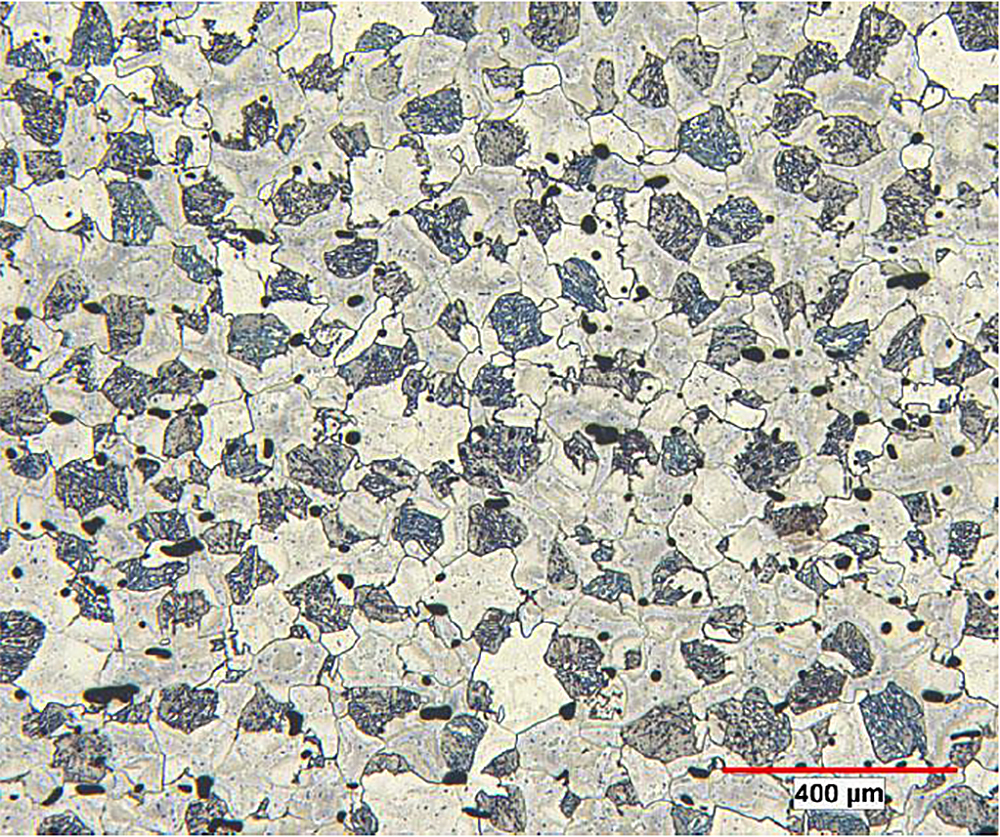
GKN Additive says that it has successfully developed a DP600-like material for additive manufacturing (AM). According to the company, its new dual phase low alloy (DPLA) and free sintering low alloy (FSLA) metal powder materials meet similar requirements for mechanical properties as DP600, a widely used low alloy dual-phase steel in the automotive industry.
The materials have higher ultimate tensile strength (UTS) and low yield strength (YS) to UTS ratio, and can be used in laser powder bed fusion (DPLA) and binder jetting (FSLA) respectively.
Before developing DPLA and FSLA, GKN would have to receive desired characteristics from a customer and develop and qualify a new material for the laser powder bed fusion or binder jetting process to meet these demands, according to the company.
‘It’s important to understand that DPLA and FSLA are more than the traditional automotive material DP600 (HCT600X/C) simply translated into AM,’ the company said in a press release. ‘The new powder materials are specialized for additive manufacturing with regard to spreadability, laser absorption (laser AM) and sinterability (binder jetting).’
‘Traditional DP600 offers specific standardized mechanical properties achieved by heat treatment,’ added Christopher Schaak, technology manager for binder jetting. ‘The dual-phase steel AM materials developed by GKN Additive on the other hand are very flexible in their characteristics, as their mechanical properties can be tuned more widely by the heat treatment after the laser or binder jetting process.’
This story uses material from GKN, with editorial changes made by Materials Today. The views expressed in this article do not necessarily represent those of Elsevier.






